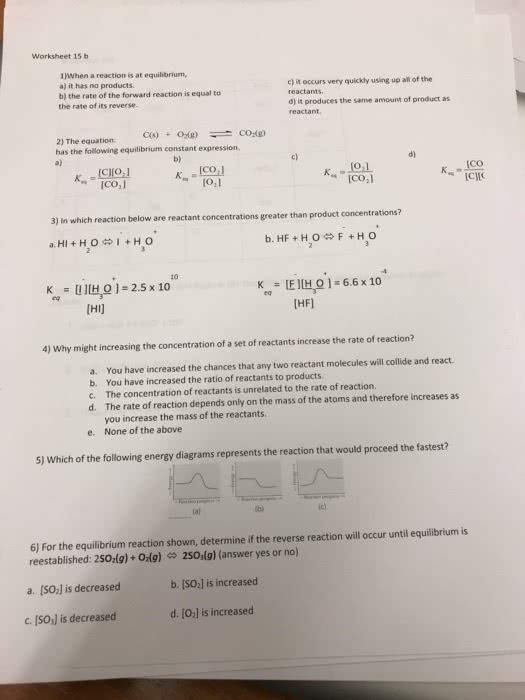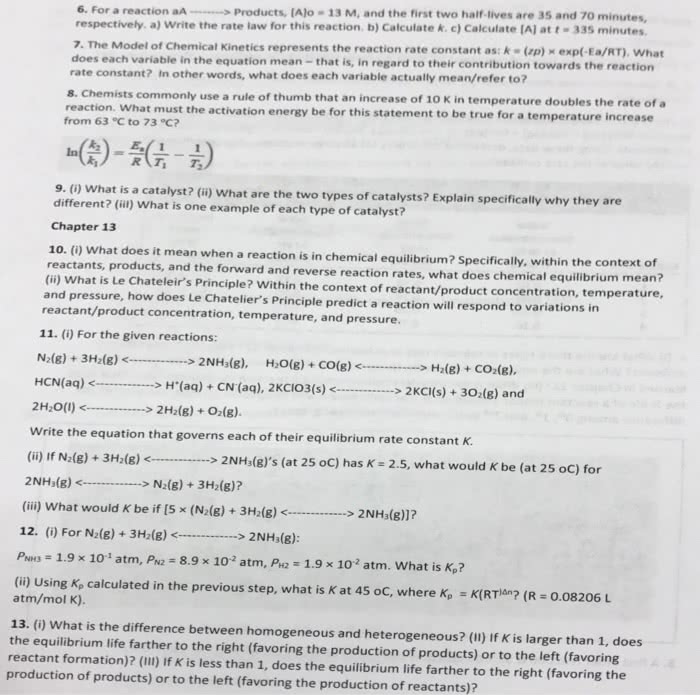CHE 116 Chapter Notes - Chapter 14: Enzyme, Reaction Mechanism, The Exponents
Document Summary
The greater the frequency of collisions, the higher the reaction rate. Collisions only become reactions if it occurs with enough energy to break bonds and with appropriate orientation for new bonds to form in the proper locations. Speed: the change that occurs in a given time interval. The quantity that is changing divided by a time interval. Reaction rate: the change in the concentration of reactants or products per unit of time (m/s) Rates are always expressed as positive quantities. Instantaneous rate: the rate at a particular instant during the reaction; determined from the slope of the curve at a particular point in time. If stoichiometric coefficients are the same the rates are the same. Changing the initial concentration of either reactant changes initial reaction rate. Reaction orders: the exponents in the rate law. Overall reaction order: the sum of the orders with respect to each reactant represented in the rate law.



